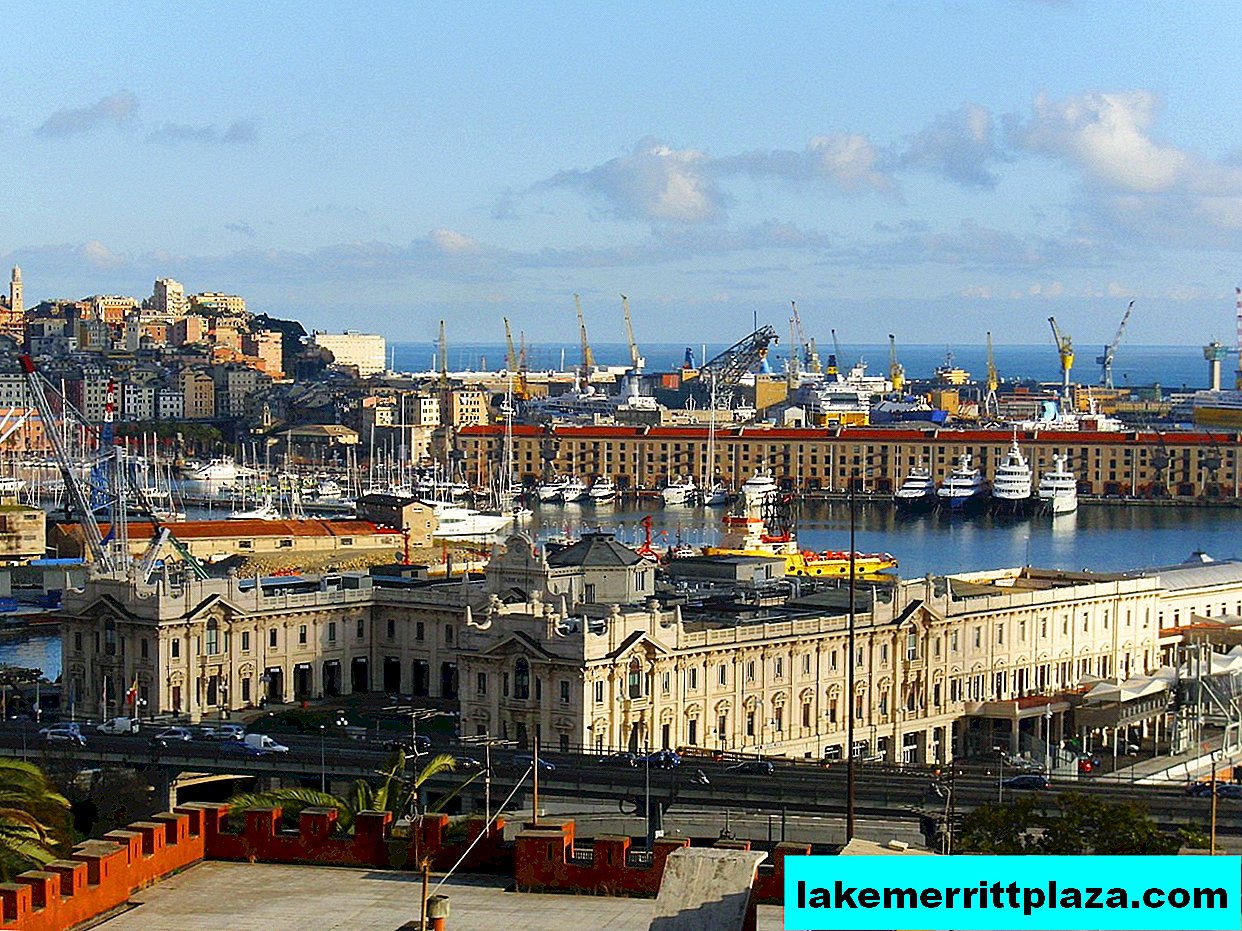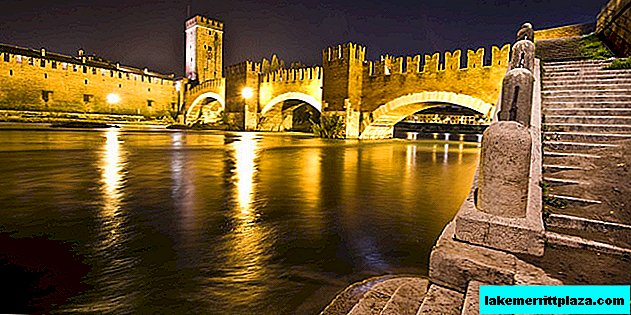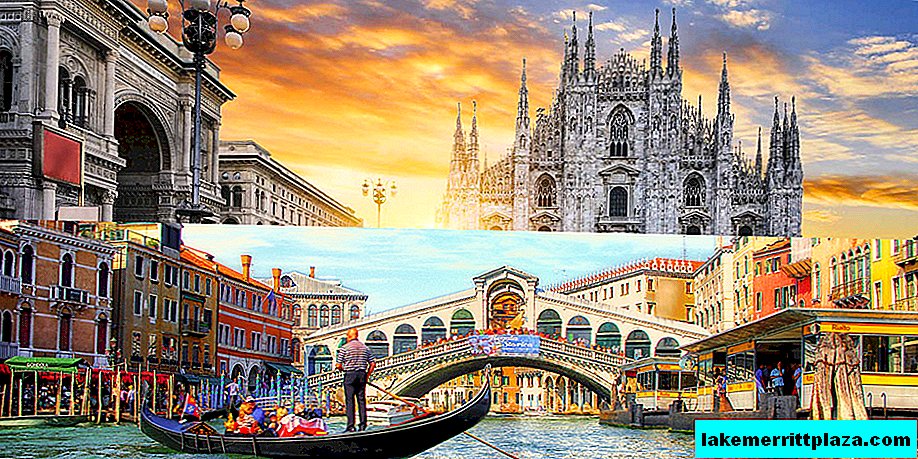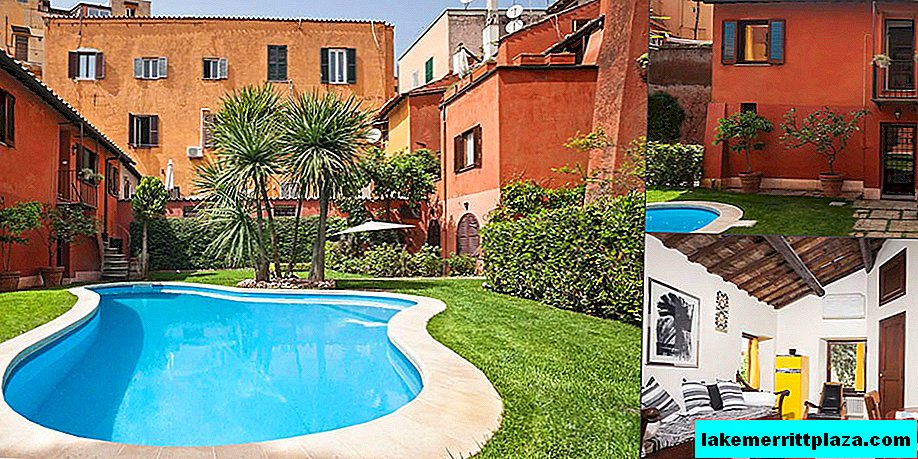The Shroud of Turin is perhaps one of the most important mysteries of the last century.
Was this piece of linen really covering the body of Jesus Christ taken from the cross, or is it an incredible and unique falsification? How did the shroud of Jesus end up in Turin, and where has it been for thirteen centuries? What does Leonardo da Vinci have to do with the shroud, and why do world studies indicate that its age does not exceed 700 years? Hundreds of scientists, thousands of studies, dozens of opinions and units of proven facts. And what do we know about one of the main shrines of not only Italy, but of the entire Christian world? Let's try to figure it out.
History of the Shroud of Turin
According to the Gospel narratives, after the torn body of Jesus was removed from the cross, his disciple Joseph of Arimatheas wrapped his body in a shroud and put it in a tomb. After the Resurrection of Christ, the disciples did not find the body, but the mourning shroud remained.
What happened with the shroud further is not known for certain. There is a theory that until the 10th century the shroud of Jesus was in Edessa (a city on the territory of modern Turkey), then it was delivered to Constantinople, and after the 4th Crusade in the 13th century. fell into the hands of the crusaders, most likely the Templars.
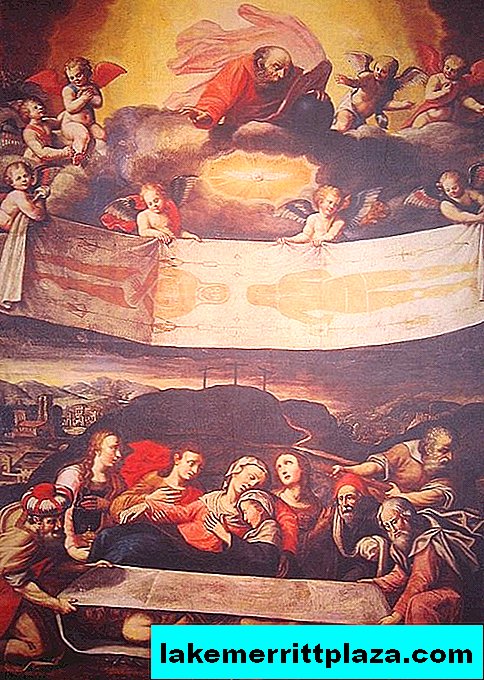
Icon "Burial of Christ"
The Christian relic was officially recorded for the first time in 1353. The French Count Jeffroy de Charny claimed to have an invaluable Christian relic. As the shrine fell into his hands, the count never had time to say. Probably, she inherited it from his grandfather or father, who, in turn, was transferred to the custody of one of the Templars.
Until the middle of the 15th century the shroud of Christ was in one of the churches of the French city of Lyra, and then was sold by the granddaughter of Count Margarita to the Duke Louis of Savoy. The capital of the duchy was considered the city of Chambery. Here, the shroud of Jesus was kept until 1578, and in 1532 there was a great fire in the Chambery monastery, and the holy relic was melted from a red-hot silver frame. Later, the capital of the Duchy of Savoy was transferred to Turin, and with the capital in Turin the shroud of Jesus Christ also fell, where it remains to this day.

In 1898, the face of a man in negative was discovered on the shroud.
1898 was a year of sensational discovery. At the exhibition of religious art, photographer Secondo Pia took pictures of the Turin canvas, revealing a person’s face on negatives. Until that time, only blood stains were distinguished on the shroud, no one could have imagined that there, in the negative, a man is depicted. Unfortunately, the development of science in the XIX century. did not allow serious research on the shroud; scientists were admitted to it only 70 years later in 1969.
Scientific research of the Shroud of Turin: facts, theories and versions
Not a single Christian shrine has been subjected to such close scientific study as the Shroud of Turin.
For more than 50 years, pundits from around the world have been trying to unravel the mystery of the Shroud of Turin. Only a few facts are known for certain:
- the shroud is a linen cloth measuring 4.36 by 1.1 m;
- the fabric is distinguished by twill weaving;
- on the canvas there is a negative flat image of a wounded person from the front and back sides;
- the image is only on the upper surface of the fabric and does not pass through it, which excludes the possibility of using any paints and dyes;
- the front image of a person is 5 cm longer than the rear;
- particles of male blood were found on the canvas, especially large spots can be observed in the side, on the head, as well as in the area of the feet and wrists.

Positive and negative image of the face on the shroud of Turin
Here, in fact, all scientifically proven facts. Then hundreds of different theories and versions appear.
The most difficult reflections are on determining the age of the fabric of the Shroud of Turin. In 1988, three independent commissions from Switzerland, the United Kingdom, and the United States conducted a radiocarbon analysis of a particle of the web and dated the tissue age to a time span of 1270–1380. Theories appeared immediately, refuting the calculations of the commissions and referring to the fact that the shroud of Jesus suffered noticeably in a fire, which could significantly "rejuvenate" the old canvas. In 2008, the study was repeated, the result was the same - the linen shroud was made during the Middle Ages.

Shroud of Turin - one of the main mysteries of the last century
Then the second question arises: how could a picture appear on the canvas without the use of paints? Could Renaissance artists know such a method of applying images? In addition, the figure is depicted flat, and if the fabric encircled the body, it would be distorted.
For answers turned to the work of the great genius and mystifier of the era - Leonardo da Vinci. There was even a theory that the painting depicts da Vinci himself. Allegedly, the holy fathers turned to the master, wanting to renew the decayed fabric, and securely hide the original. To apply a similar pattern on the linen surface, the canvas was stretched and fixed. On sunny days, a man stood behind the canvas, and the sun's rays, passing through the fabric and encountering an obstacle, changed the structure of matter. After this procedure, the tissue was placed in a weak silver solution and dried thoroughly. A barely noticeable pattern appeared, not visible to the human eye. Could this really be? Probably could. But how religious da Vinci could dare to falsify the true image of the God-man remains a mystery.
Another issue is twill weaving. In Israel, Christ used the two-sided weaving of threads. Twill became widely used only 1000 years later. However, it is believed that in Syria, the beginning of a new era, twill weaving was already used in the manufacture of expensive fabrics. Given that Joseph of Arimathea, who wrapped the body of Jesus in the shroud, was not a poor man, it is quite acceptable that he acquired expensive Syrian fabric. However, this is nothing more than a theory.
Want to get to know other theories? Then we recommend watching a short film, revealing some secrets and mysteries of the Shroud of Turin.
Christianity's view of the Shroud of Turin
There is no consensus on the Shroud of Turin among representatives of Christianity. The Catholic Church did not officially recognize the shroud in Turin as genuine, but did not refute this possible fact, referring to the fact that the Shroud of Turin is a vivid reminder to all Christians of the passions of Christ.
The Orthodox Church also did not express its official position regarding the authenticity of the shroud, but a number of church leaders, nevertheless, consider the shroud of Turin to be the original.

Christian believers do not doubt the authenticity of the shroud of Jesus Christ
However, what does it matter when faith implies such a thing as a miracle. Many Christians sincerely believe that the face of Jesus Christ is depicted on the shroud in Turin.
Where is the shroud of Jesus Christ
The Shroud is called Turin only because for more than 4 centuries it has been in Turin in the Cathedral of St. John the Baptist (Cattedrale di San Giovanni Battista). The relic is hidden from destructive sunlight and air in a special capsule, and its exact copy is put on public display. The original shroud of Jesus for worship is rarely obtained, once every 25-30 years. The last time it was exposed to believers in the spring of 2010. This is done primarily in order to preserve the shroud and protect it from the effects of the external environment.
The cathedral is located in Piazza San Giovanni and is open for visits daily from 7 am to 7 pm, a break of 12: 30-15: 00. On Sunday, the doors of the cathedral open at 8 a.m.

Cathedral of St. John the Baptist in Turin
Not far from the cathedral is the Shroud Museum, where you can learn about the latest scientific research, see photos of the sacred relic and study its history, starting from the moment it got to Turin.
The museum is located at Via San Domenico, 28, and is open for visitors daily from 9 am to 7 pm with a break from 12:00 to 15:00. The cost of tickets, as well as changes in the museum’s work schedule, is best recognized on the official website.
However, those who plan to visit Turin and visit not only the Shroud Museum are advised to purchase a tourist map of Turin, which gives the right to free access to almost all cultural sites not only in Turin, but throughout the Piedmont region. The map allows you to visit museums, exhibitions and palaces of the region for free, use tourist transport, as well as save significantly on the purchase of excursions. It is valid for 2, 3 or 5 days to choose from. Details and price of a subscription Turin + Piedmont can be found here
Photos by: Yuval Y, Geobia, Paul Munhoven, stephane333, Jean-Pierre Dalbéra

